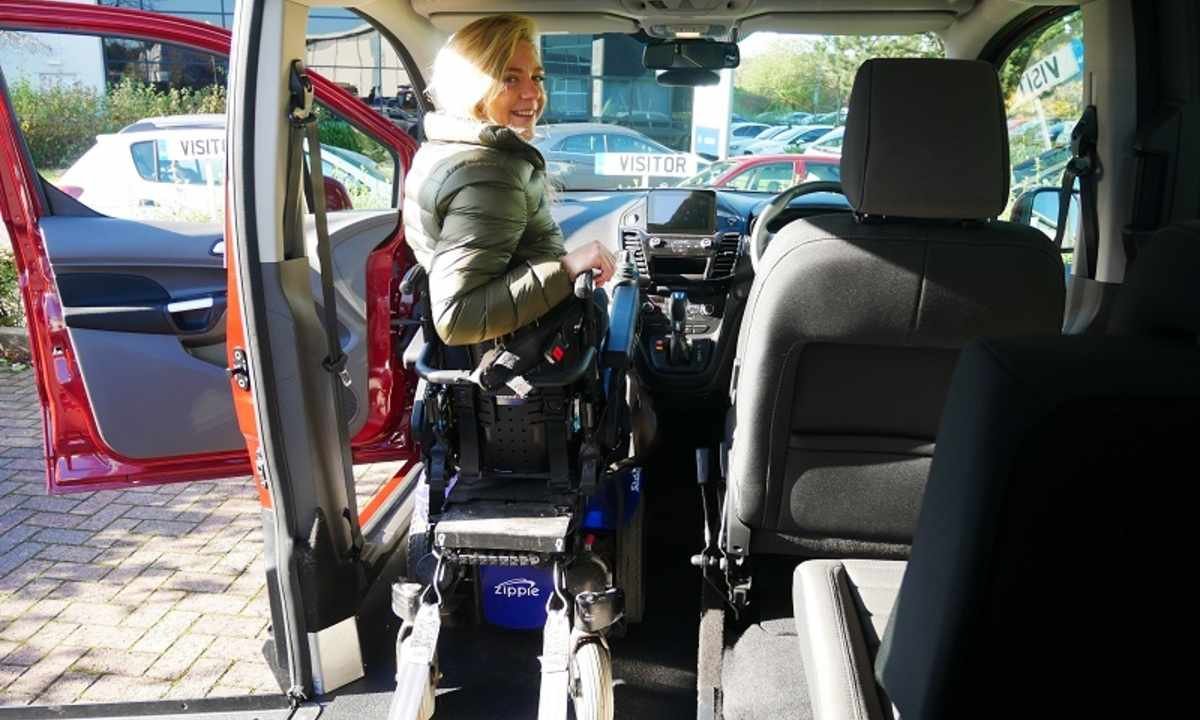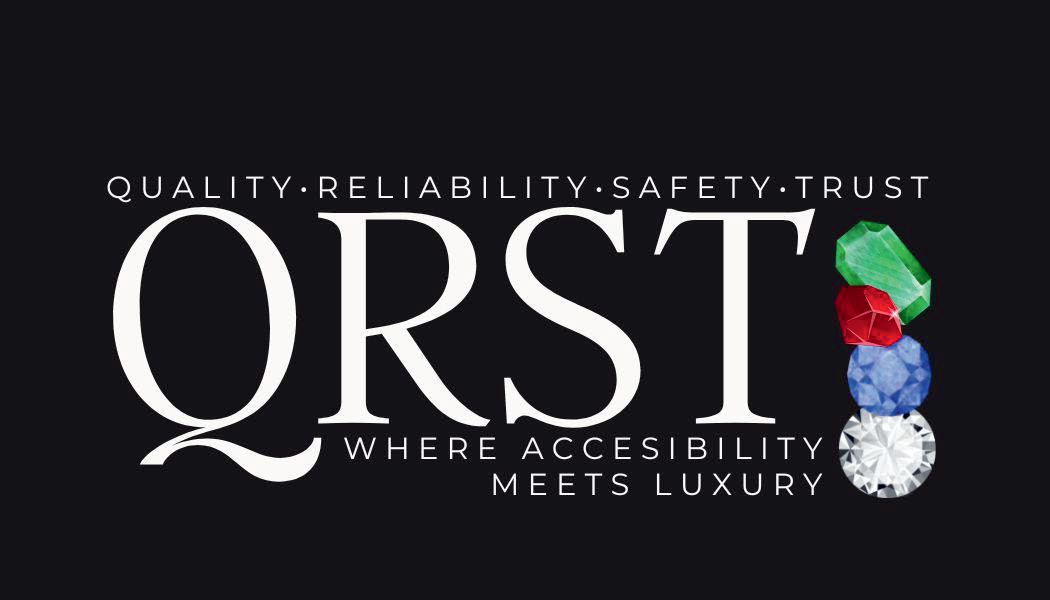Passenger safety is of paramount importance in any mode of transportation, and wheelchair-accessible vehicles (WAVs) play a crucial role in ensuring that individuals with mobility challenges can travel safely and independently. In the District of Columbia, Maryland, and Virginia (DMV) region, efforts to improve passenger safety in WAVs have gained prominence in recent years. This article of QRST Wheelchair Transportation explores the various aspects of passenger safety in wheelchair-accessible vehicles within the DMV, including the challenges, regulations, technological advancements, and initiatives aimed at ensuring a secure and comfortable travel experience for all passengers.
Challenges in Passenger Safety
While wheelchair-accessible vehicles have provided a lifeline of mobility for individuals with disabilities, ensuring their safety comes with unique challenges. Unlike standard vehicles, WAVs must accommodate both wheelchair-bound passengers and ambulatory passengers, often requiring specialized seating and restraint systems. This diversity of passenger needs can complicate the design and implementation of safety measures.
One significant challenge is the proper securing of wheelchairs during transit. Improperly secured wheelchairs can lead to accidents, injuries, and even fatalities in the event of sudden stops or collisions. Ensuring proper restraints that keep both the passenger and the wheelchair secure is a critical aspect of enhancing safety.
Ensuring passenger safety in wheelchair-accessible vehicles (WAVs) presents a unique set of challenges that require careful consideration and innovative solutions. These challenges stem from the diverse needs of passengers with disabilities, the variety of wheelchair types, and the complex nature of securing both the passenger and the wheelchair itself.
Diverse Passenger Needs:

One of the foremost challenges in passenger safety within the DMV region is the diversity of passenger needs. WAVs must cater to both ambulatory passengers and those in wheelchairs, each with distinct requirements. While ambulatory passengers may need regular seat belts, passengers in wheelchairs require specialized restraints and securement systems. Designing a transportation environment that accommodates these diverse needs while maintaining safety standards is a delicate balancing act.
Wheelchair Variability:
Wheelchairs come in various shapes, sizes, and designs, making it challenging to create standardized securement systems that fit all types of wheelchairs seamlessly. Some wheelchairs may lack appropriate anchor points or attachments for restraints, making it difficult to achieve a consistently secure connection. Wheelchair manufacturers often follow different standards, and this lack of uniformity can pose difficulties in developing one-size-fits-all securement solutions.
Emergency Situations:
In the event of an emergency, such as sudden braking or a collision, passengers in wheelchairs face a higher risk of injury due to their limited mobility. Ensuring that securement systems are robust enough to withstand these forces and protect passengers is a crucial challenge. Operators and emergency responders need to be trained to quickly assess and respond to emergency situations involving passengers with disabilities, ensuring their safety and well-being.
Operator Training:
The effective operation of securement systems requires skilled and well-trained operators. However, training operators to properly secure wheelchairs and passengers can be complex. Operators must not only understand the mechanics of the securement equipment but also be sensitive to the needs and preferences of passengers with disabilities. Inadequate training can result in improper securement, leading to safety risks during transit.
Maintenance and Inspection:

Regular maintenance and inspections are essential to ensure that securement systems, restraints, and other safety equipment are functioning as intended. However, WAV operators must be vigilant in adhering to maintenance schedules and addressing any malfunctions promptly. Failure to do so can compromise the safety of passengers and lead to accidents.
Passenger Communication:
Effective communication between passengers with disabilities and operators is crucial for ensuring safety. Some passengers may have communication challenges, which can make it difficult for them to alert the operator in case of an emergency or discomfort. Developing accessible communication tools and protocols is essential to address this challenge and provide a reliable means for passengers to convey their needs.
Driver Awareness and Sensitivity:
WAV operators need to be trained not only in the technical aspects of securement but also in fostering a respectful and accommodating environment for passengers with disabilities. Driver attitudes and behavior play a significant role in the overall safety and comfort of passengers. Sensitivity training can help operators create a welcoming atmosphere that encourages passengers to communicate their needs without hesitation.
Regulations and Guidelines
Recognizing the importance of passenger safety in WAVs, regulatory bodies in the DMV have established guidelines and standards to ensure compliance with safety measures. These regulations help maintain a consistent level of safety across different WAV operators and manufacturers.
The Americans with Disabilities Act (ADA) sets forth regulations regarding accessibility and safety for passengers with disabilities. This includes provisions for securement systems and accessible seating in WAVs. Additionally, the Federal Motor Carrier Safety Administration (FMCSA) provides guidelines for the securement of wheelchairs and passengers in commercial vehicles, including WAVs.
At the state level, the DMV region has its own set of regulations that WAV operators must adhere to. These regulations cover areas such as vehicle inspection, driver training, and accessible equipment maintenance. Regular inspections are conducted to ensure that vehicles are equipped with functioning securement systems and that operators are following proper safety procedures.
Technological Advancements
Advancements in technology have played a significant role in enhancing passenger safety in WAVs. From improved securement systems to innovative communication tools, technology has transformed the way passengers with disabilities experience transportation.
Modern securement systems utilize advanced locking mechanisms and restraints that provide a high degree of safety and stability for both the wheelchair and the passenger. These systems have sensors and indicators that alert the driver if restraints are not properly engaged or if there is any movement during transit.
In-cabin communication systems have also improved passenger safety. Many WAVs are equipped with communication devices that allow passengers to alert the driver in case of an emergency or if they require assistance. This ensures that passengers can communicate their needs effectively, even if they face challenges with verbal communication.
Initiatives and Education
Promoting passenger safety in WAVs requires not only technological advancements but also education and awareness. Various initiatives in the DMV region aim to educate passengers, caregivers, and operators about best practices for safe transportation.
Public awareness campaigns highlight the importance of using securement systems correctly and educating passengers about emergency procedures. Workshops and training sessions are conducted for WAV operators to ensure they are proficient in operating securement systems and handling emergency situations.
Collaboration between disability advocacy groups, transportation authorities, and vehicle manufacturers has led to the development of comprehensive training programs for operators. These programs emphasize the significance of treating passengers with disabilities respectfully and providing a safe and comfortable travel experience.
Conclusion
Passenger safety in wheelchair-accessible vehicles is a multifaceted endeavor that encompasses regulations, technology, education, and collaboration. In the DMV region, the commitment to ensuring the safety and comfort of passengers with disabilities in WAVs is evident through the comprehensive regulatory framework, technological advancements, and proactive educational initiatives. As technology continues to evolve and awareness deepens, the DMV is poised to set an exemplary standard for passenger safety in wheelchair-accessible vehicles, serving as a model for other regions to follow. Through these efforts, individuals with disabilities can confidently access transportation services that prioritize their well-being and independence.
FAQS
1. What are wheelchair-accessible vehicles (WAVs)?
Wheelchair-accessible vehicles are specially designed vehicles that allow individuals with mobility challenges to travel while remaining in their wheelchairs, ensuring inclusivity in transportation.
2. How do securement systems work in WAVs?
Securement systems in WAVs include restraints and anchors that secure both the wheelchair and the passenger, preventing movement during transit and enhancing safety.
3. What regulations govern passenger safety in DMV region WAVs?
The Americans with Disabilities Act (ADA) and Federal Motor Carrier Safety Administration (FMCSA) guidelines set safety standards for wheelchair-accessible vehicles, ensuring securement, accessibility, and overall passenger safety.
4. How do operators receive training for handling passengers with disabilities?
Operators undergo training to operate securement systems, communicate effectively with passengers, and address emergency situations sensitively, ensuring a safe and respectful travel experience.
5. What role does technology play in enhancing safety in WAVs?
Technology advancements have led to improved securement systems, communication tools, and emergency response mechanisms, bolstering passenger safety and comfort in wheelchair-accessible vehicles.
